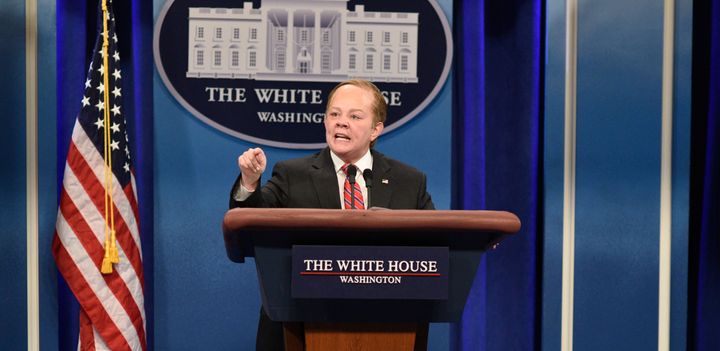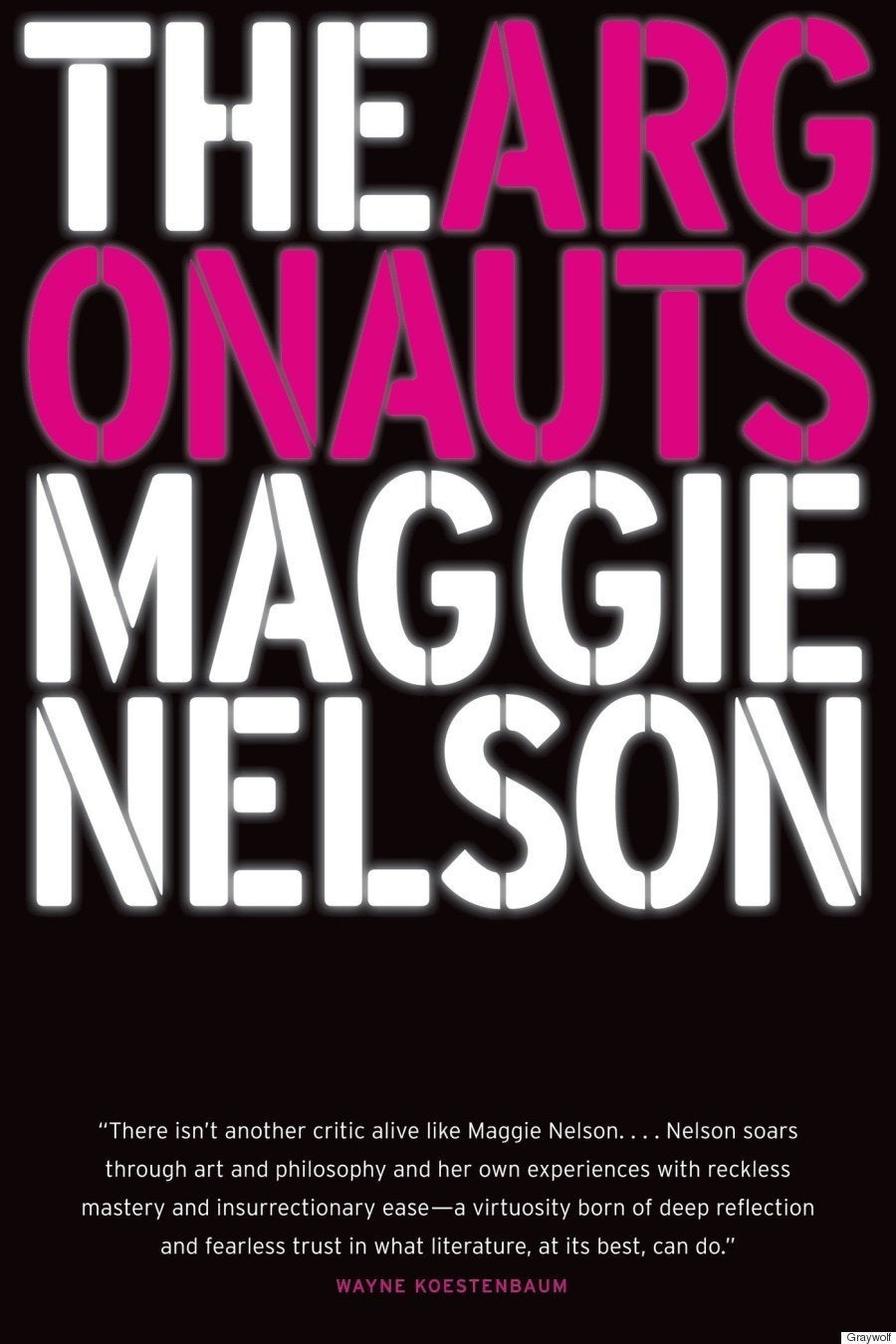
Below is an excerpt from Anne Helen Petersen’s TOO FAT, TOO SLUTTY, TOO LOUD: The Rise and Reign of the Unruly Woman.
“Melissa McCarthy is a gimmick comedian who has devoted her short career to being obese and obnoxious with equal success,” declared Rex Reed in a now infamous review of McCarthy’s 2013 feature film “Identity Thief.” According to Reed, McCarthy was “cacophonous,” “ tractor‑sized,” and “a female hippo”; her sex scene was “grotesque.” It wasn’t the first time this sort of rhetoric had been directed at McCarthy: three years earlier, Maura Kelly, a blogger at Marie Claire, had responded to the premise of “Mike & Molly” ― in which a man (Billy Gardell) and a woman (McCarthy) meet at Overeaters Anonymous and fall in love ― with disgust: “I think I’d be grossed out if I had to watch two characters with rolls and rolls of fat kissing each other,” Kelly wrote. “Because I’d be grossed out if I had to watch them doing anything.”
Reed’s and Kelly’s pieces were explicit renderings of a widely held American attitude— one that fears and pathologizes fatness, even as it promotes the rhetoric of self‑acceptance and self‑confidence. Fat is ugly, and dangerous, and an epidemic sweeping the country, this logic suggests ― but you should love yourself!
McCarthy’s mercurial rise to stardom is rooted in her image’s ability to reconcile that precise contradiction. She’s othered yet embraced, but only to a point, and only because her behavior and body comply with specific parameters. Her comedic personas revel in the unruliness of the fat body; her most popular characters are some intersection of low class, sexually dominant, profane, and generally negligent of their place in the societal hierarchy. “If there is a McCarthy type,” a 2016 Guardian profile declared, “it is the woman who does things you pretty much never see a woman do on screen.” But that unruliness is neutralized by her reassuringly “normal” persona, and the insistence that her most unruly performances are just that: a fugue state, an escape, a vent that can be opened and closed.
The thesis that unites press coverage of McCarthy is simple: she may be fat, but it’s a nice, tasteful, contained sort of fat. The sort of fatness that doesn’t complain about size‑based discrimination, or speak out about the class and racial components of fatness, or wear clothes that aren’t figure-flattering. And while McCarthy has, in many ways, leaned in to that coverage, she also challenges it, working to relocate the conversation away from her body, drawing attention to the ways in which the business practices of plus‑size fashion stigmatize and ghettoize more than half the population. Her unruliness might be tempered, but that doesn’t mean it’s not quietly, consistently radical.
“Her unruliness might be tempered, but that doesn’t mean it’s not quietly, consistently radical.”
Her draw is likened to Eddie Murphy’s in the 1980s, Jim Carrey’s in the 1990s, and Adam Sandler’s in the 2000s; her paycheck now hovers between $12 and $14 million, making her the third‑highest‑paid female star in Hollywood. In 2012, a Fox executive said, “Every script I see these days has a character described as ‘a Melissa McCarthy type.’ I’ve seen literally 100 scripts like that in the last six months.” Yet industry press has been quick to write off, or at least hedge, those accomplishments, framing “The Boss’s” $23.9 million opening on a budget of $29 million as “a cautionary tale,” even though it went on to gross $78 million worldwide, a not‑insignificant feat for a film that’s not a sequel or a superhero film. Still, the fact remains: thin or fat, young or old, a female star simply has to do more, gross more, be more in order to be valued in the same way as her male counterparts.
For all of McCarthy’s significant strides and uncontested talent, her success ― and Hollywood’s reticence to acknowledge it ― is a sign of just how regimented the rules for a fat womanhood remain. Not everyone speaks as loudly, or forcefully, as Rex Reed. But that doesn’t mean that his attitudes about fatness, especially in the female body, don’t continue to structure the logic of the industry.
As Harris argues, “Hollywood is now fine with actresses being powerful, as long as it can maintain some control over how ‘power’ is defined. The kind of powerful woman the industry likes is Reese.”
Witherspoon, who uses her power to buy a lot of deserving books and give work to a lot of deserving scriptwriters, and every once in a while takes a role that will get her an Oscar nomination but is fine doing supporting roles or HBO.” Power, in other words, that actually threatens the logic of Hollywood. Because McCarthy’s success, like Roseanne’s before her and Schumer’s beside her, suggests that audiences do like unruly women ― unruly in size, unruly in behavior, unruly in the way they control their projects.
That unruliness must still be tempered ― configured as a momentary embrace and release of the rage she’s collected at her treatment as both a woman and a fat person. And while that compromises the potency of her star image, it does little to diffuse the anarchic power of her performances, which remain so vital, combustive, and, when finely tuned, impossible to resist. McCarthy onscreen is the unruly woman at her most magnetic ― and the very best argument that good behavior, in body or bearing, is for suckers.
An excerpt from TOO FAT, TOO SLUTTY, TOO LOUD: The Rise and Reign of the Unruly Woman by Anne Helen Petersen, published on June 20, 2017 by Plume, an imprint of Penguin Publishing Group, a division of Penguin Random House, LLC. Copyright © 2017 by Anne Helen Petersen.

